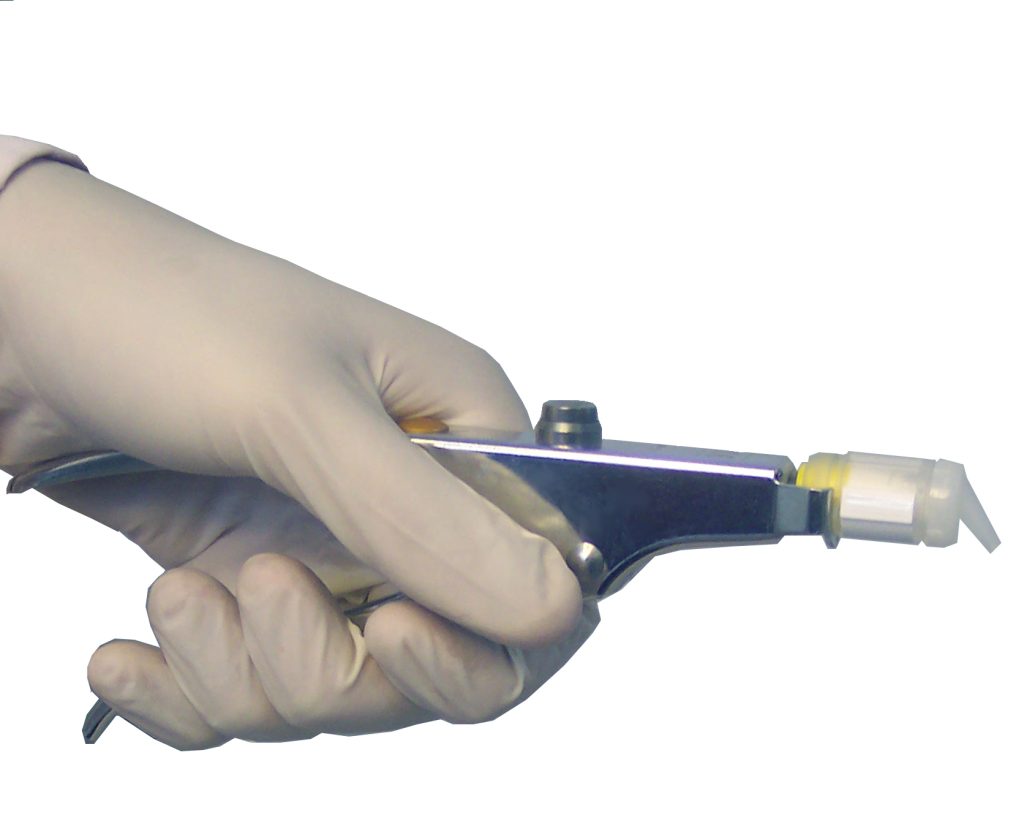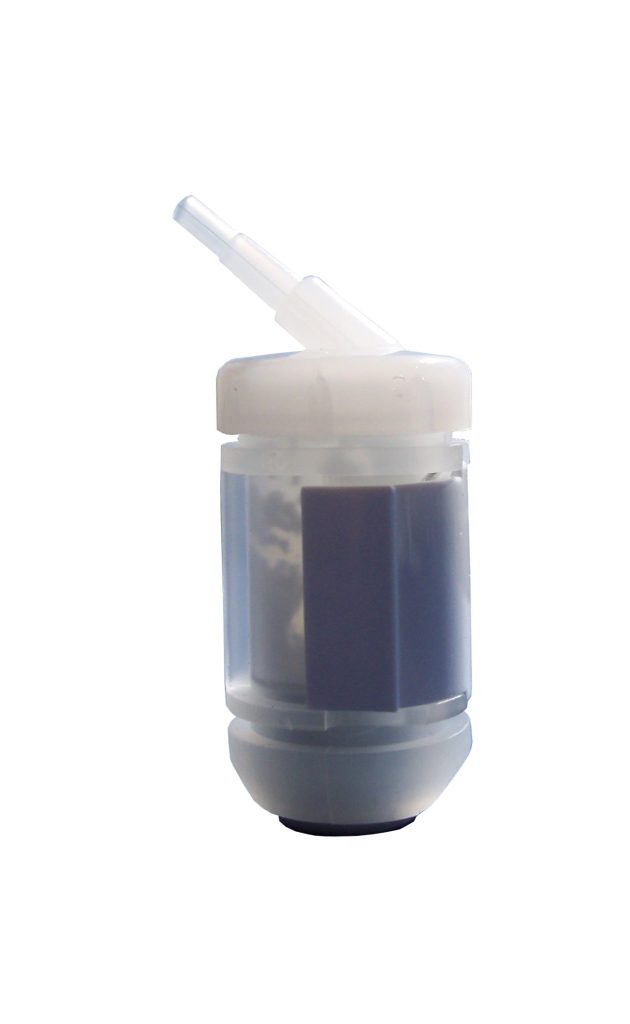Providing aesthetic restorations
Featured Products Promotional FeaturesPosted by: Dental Design 28th August 2023

Dental filling is a very common procedure in the UK, with an estimated 84% of UK adults having at least one.[i] However, there is an ever-growing demand for highly aesthetic results from dental treatment. This means that, when a patient presents with a cavity, they are likely to expect their tooth to be restored to its former glory.
Aesthetics have become a major aspect of any dental treatment, meaning that, for many dentists, any treatment they provide is likely to have a cosmetic element to it. However, to meet this aim, some clinicians may need to re-evaluate the types of materials they use when providing patients with even the most routine restorative treatment, such as fillings.
Current restorative options in the UK
Currently, in the UK, dental filling provided on the NHS are primarily made of amalgam, composite, or glass ionomer – the most common of these being amalgam, a mixture of metals which include mercury, silver, tin, and copper.[ii] Even though amalgam is being slowly phased out in this country, it is still commonly used due to its hard-wearing properties – often ideal for use in the posterior region.ii
It has been used as a dental restorative material for the last 150 years[iii] and, while it produces a long-lasting finish, with results enduring for around 15 years[iv] it is not without its faults. That’s why the profession has been looking to provide reliable alternatives.
The drawbacks
 Research suggests that it may not be suitable to provide some groups with amalgam fillings. These include children, people who are pregnant or breast-feeding, or those who are the sensitive to the components of amalgam. Because of this, it is important to use an alternative material for these groups where possible.[v]However, there is a second drawback to this material – its appearance. When used to fill cavities in teeth, amalgam can have a silver or grey appearance, a very obvious downside for many patients. Because of this, some may request the use of a more aesthetically pleasing alternative.
Research suggests that it may not be suitable to provide some groups with amalgam fillings. These include children, people who are pregnant or breast-feeding, or those who are the sensitive to the components of amalgam. Because of this, it is important to use an alternative material for these groups where possible.[v]However, there is a second drawback to this material – its appearance. When used to fill cavities in teeth, amalgam can have a silver or grey appearance, a very obvious downside for many patients. Because of this, some may request the use of a more aesthetically pleasing alternative.
What about composite? Composite fillings address one of the main concerns presented by amalgam, providing patients with a natural-looking result. Available in a wide range of shades, clinicians are able to precisely match the colour of the patients tooth to the colour of the composite, for a seamless finish. However, this material is not without its limitations, either. When compared to amalgam, its lifespan is about half the time of an amalgam filling – about 5-7 on average. Additionally, composite fillings are generally more expensive options, and placement can take longer – a potential downside for patients with dental anxiety, or children.iii
Finding an alternative
So, what’s the alternative? While there is no true replacement for natural dental tissue, there are options which provide the aesthetics, longevity, and function needed to satisfy patients, with the potential to provide added benefits. Glass ionomer cements (GICs) are an excellent choice in many cases. This material offers the ability to easily bond to the structure of the tooth, often without the need for preparation, making placement straightforward and quick – a real perk for busy patients and dentists.[vi]
Additionally, GICs offer the prospect of remineralisation, as they have a fluoride releasing capacity.vi This means that, not only does the material fill and seal the cavity with ease, but it is actually able to help protect the tooth from developing secondary caries – the leading cause of restoration failure.[vii] Not only this, but GICs provide an aesthetic result. The material facilitates a minimally invasive outcome, requiring minimal removal of healthy tissue, helping to keep the remaining tooth structure strong. And, it offers a fantastic colour match.[viii]
Diamond Rapid Set Capsules from Kemdent are the user-friendly and cost-effective  option for posterior restorations – offering a tough and durable result which is resistant to edge chipping. As well as negating some of the downsides to composite and amalgam materials, Diamond Rapid Set Capsules are a glass ionomer cement which adhere to the tooth structures without the need for tooth preparation – a reliable and time-efficient solution. Additionally, Diamond Rapid Set Capsules can be chemically cured without dimensional change, meaning that they can be placed in one increment, avoiding the creation of stresses, and reducing the risk of cracking.
option for posterior restorations – offering a tough and durable result which is resistant to edge chipping. As well as negating some of the downsides to composite and amalgam materials, Diamond Rapid Set Capsules are a glass ionomer cement which adhere to the tooth structures without the need for tooth preparation – a reliable and time-efficient solution. Additionally, Diamond Rapid Set Capsules can be chemically cured without dimensional change, meaning that they can be placed in one increment, avoiding the creation of stresses, and reducing the risk of cracking.
Weighing up the options
While it can feel challenging to find the most appropriate restorative material in each case, it is important to weigh-up the options as the world of dentistry continues to evolve. With options such as GIC offering a fantastic alternative to both amalgam and composite material, you are able to expand treatment options for your patients, offering minimally invasive treatment to help slow the restorative cycle, while still ensuring you provide a lasting restoration with highly aesthetic results.

For more information about the leading solutions available from Kemdent, please visit www.kemdent.co.uk or call 01793 770 256
Author Alistair Mayoh
Marketing Director Kemdent
[i] Dentaly.org. Interesting Facts about Teeth and UK Dental Statistics. Accessed 06/07/23. https://www.dentaly.org/en/dental-facts-statistics/
[ii] NHS. What are NHS fillings and crowns made of? Accessed 06/07/23. https://www.nhs.uk/common-health-questions/dental-health/what-are-nhs-fillings-and-crowns-made-of/
[iii] Metro East dental care. The Pros & Cons of Amalgam and Composite Fillings. Accessed 06/07/23. https://www.metroeastdentalcare.com/the-pros-cons-of-amalgam-and-composite-fillings/
[iv] Parker Dental & Orthodontics. Do Fillings Need to be Replaced? Accessed 06/07/23. https://www.parkerdentalandortho.com/blog/do-fillings-need-to-be-replaced/
[v] FDA. Dental Amalgam Fillings. Accessed 06/07/23. https://www.fda.gov/medical-devices/dental-devices/dental-amalgam-fillings
[vi] Makanjuola, John, and Sanjukta Deb. “Chemically activated glass-ionomer cements as bioactive materials in dentistry: a review.” Prosthesis 5.1 (2023): 327-345.
https://www.mdpi.com/2673-1592/5/1/24
[vii] Nedeljkovic, Ivana, et al. “Secondary caries: prevalence, characteristics, and approach.” Clinical oral investigations 24 (2020): 683-691.
[viii] Kent Express dental supplies. WHAT ARE THE ADVANTAGES OF GLASS IONOMER CEMENT. Accessed 06/07/23.https://www.kentexpress.co.uk/kent/blog/what-are-the-advantages-of-glass-ionomer-cement.aspx?sc_lang=en-gb&hssc=1








